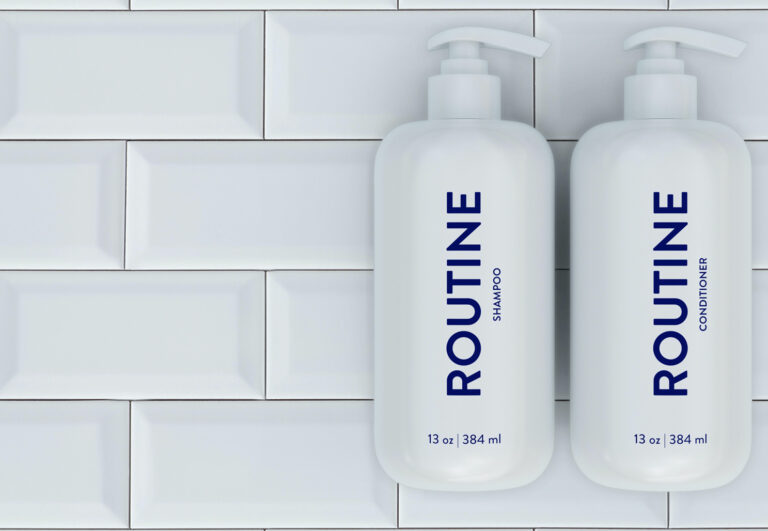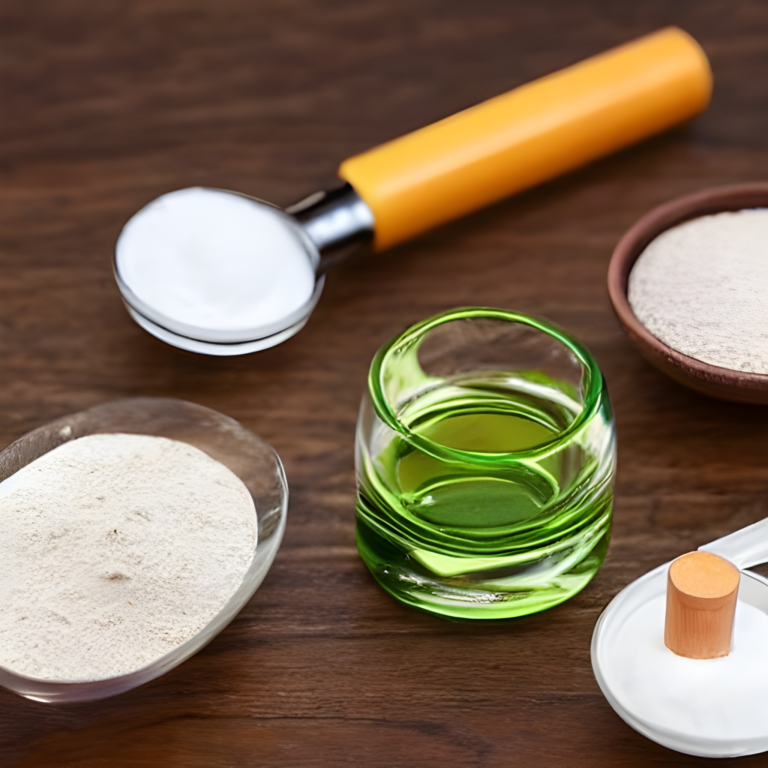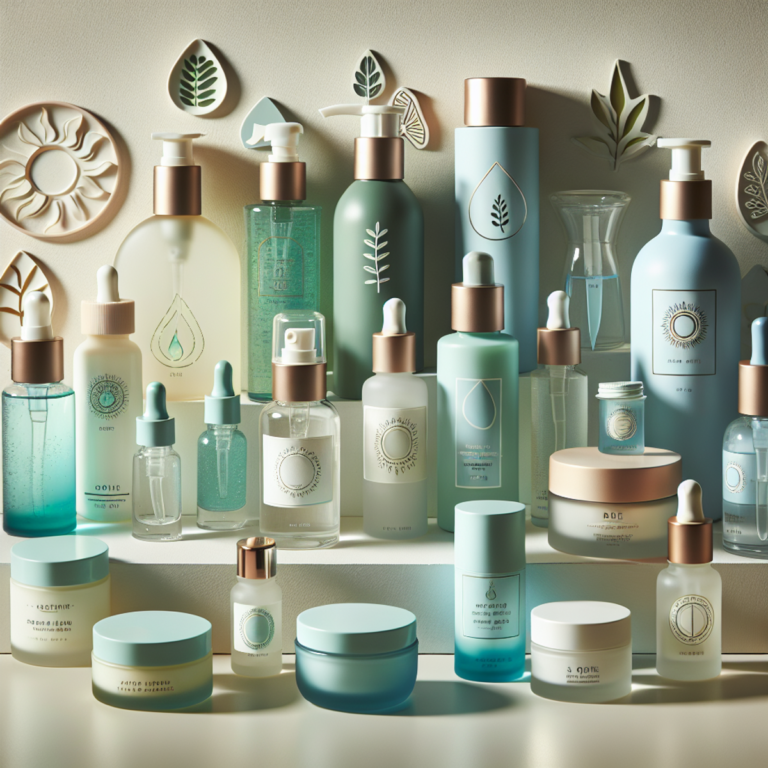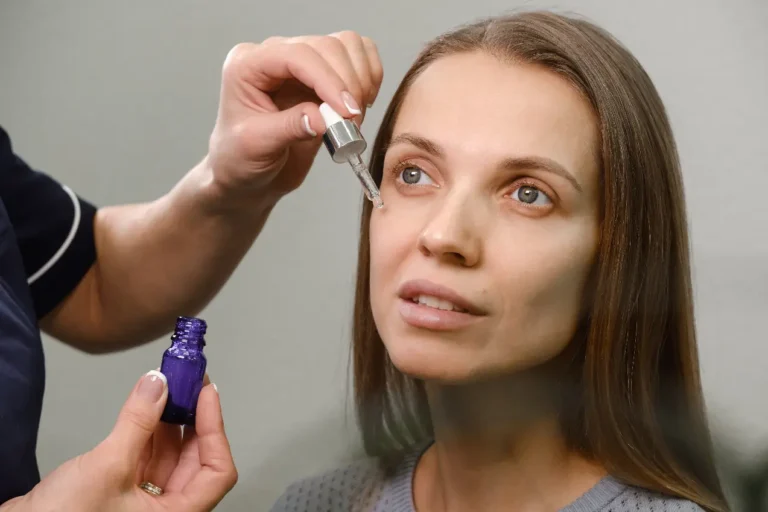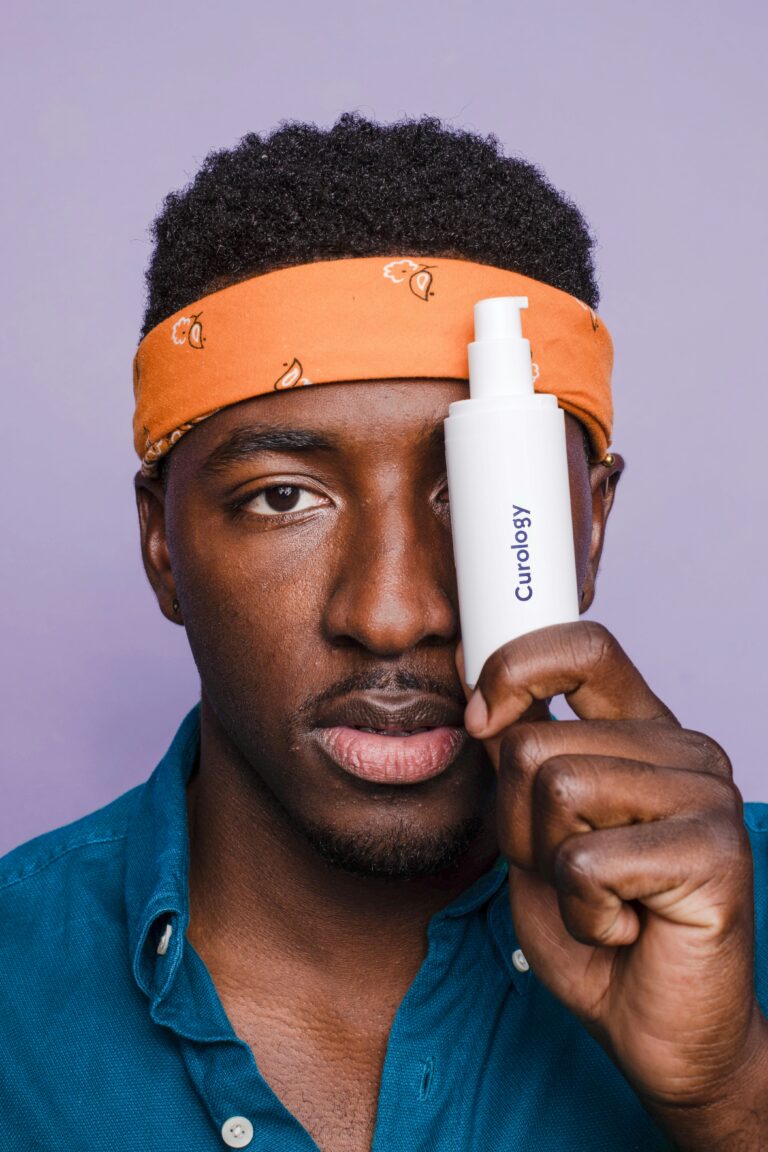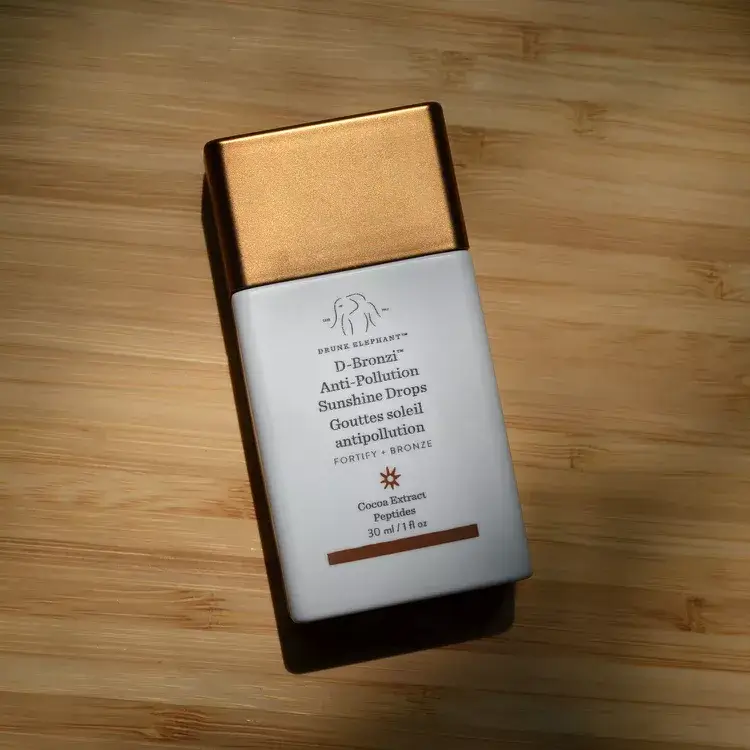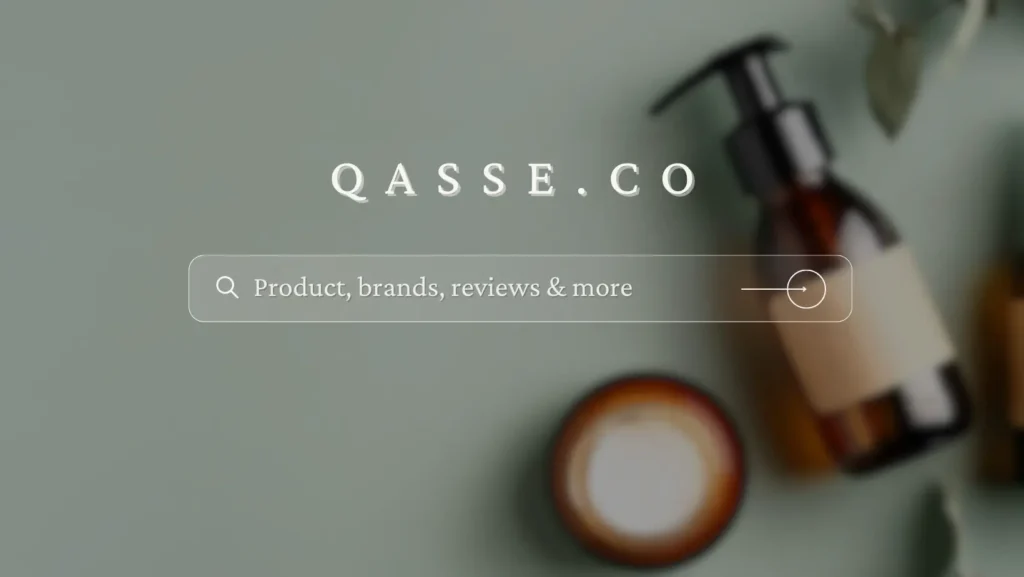Lip Filler Before and After: Unlock Your Perfect Smile
With the ability to provide both subtle and more visible alterations, lip fillers are becoming a more and more popular approach to improve the shape and fullness of your lips. Everything you need to know about the “lip filler before and after” experience will be covered in this book, along with what to anticipate from the process, how your lips will alter, and advice on how to get the best results.
Whether your goal is a subtle improvement or a dramatic makeover, this article will show you how lip fillers may confidently and artistically enhance your appearance.
Understanding Lip Filler and Its Fascinating History
A non-surgical cosmetic procedure called lip filler is used to improve the symmetry, size, and form of the lips. Lip fillers are often composed of hyaluronic acid (HA), a chemical that is naturally present in the body and which adds volume, smoothes out wrinkles, and can give the illusion of being younger.
Because HA-based fillers are safe, reversible, and produce results that seem natural, they are a preferred option for those desiring to augment their lips subtly or dramatically. When you look for “lip filler before and after” comparisons, you’ll frequently notice that the procedure improves the definition and volume of lips.
The history of lip fillers traces back several decades, evolving significantly over time. Early attempts at lip augmentation date back to the 1900s, when surgeons experimented with using substances like paraffin and silicone for lip enhancement. These early methods were not without complications, leading to undesirable results. However, as cosmetic science advanced, the use of safer materials became possible.
In the 1980s, bovine collagen was introduced as one of the first FDA-approved lip fillers, offering a more reliable solution for lip augmentation. While collagen was a breakthrough, it came with drawbacks such as the potential for allergic reactions and shorter-lasting results.
The real turning point in the world of lip fillers came in the early 2000s, when hyaluronic acid-based fillers, like Restylane and Juvederm, were developed. These new-generation fillers provided longer-lasting, natural results with fewer side effects.
Today, lip fillers are widely used and have become a key treatment in the beauty industry. The popularity of “lip filler before and after” transformations has surged, driven by the growing demand for plumper, well-defined lips, inspired by celebrities and social media trends.
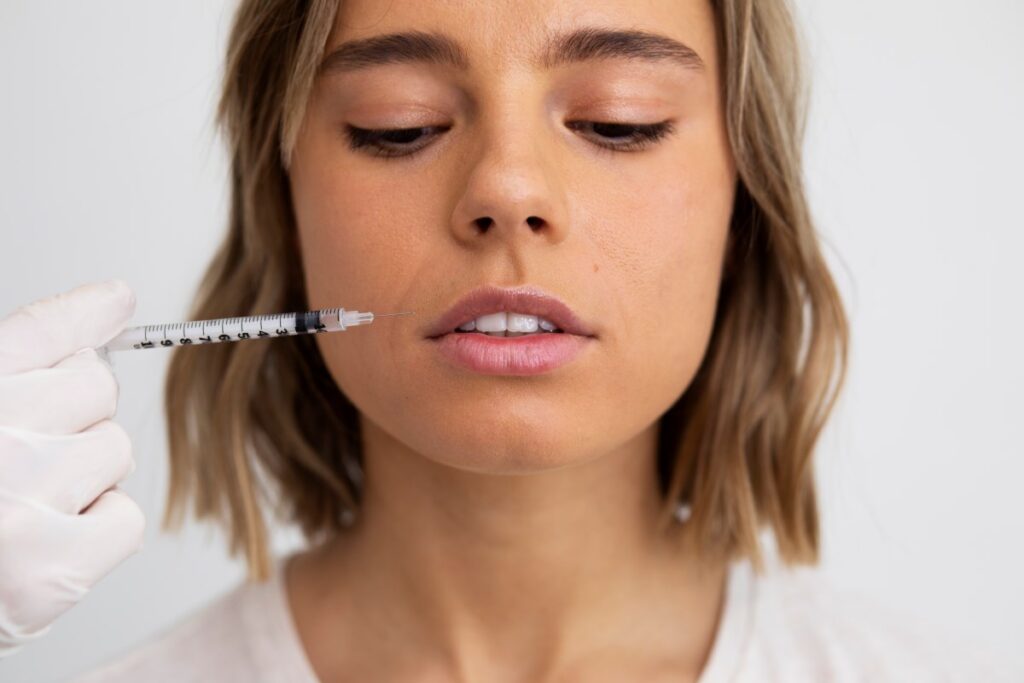
5 Main Types of Lip Fillers
It’s crucial to understand that not all lip filler products are created equal. Lip fillers come in a variety of forms, each intended to satisfy certain requirements and aesthetic objectives. Hyaluronic acid (HA), a naturally occurring chemical in the body that maintains moisture and increases volume, is the basis for the majority of contemporary lip fillers. Having a clear understanding of your alternatives will help you make the best decision to get the “lip filler before and after” results you want.
1. Hyaluronic Acid (HA) Fillers
Hyaluronic acid fillers are the most popular and widely used for lip enhancement. The key benefit of HA fillers is their ability to provide a natural, soft appearance with customizable volume. Because HA occurs naturally in the skin, it is highly compatible and rarely causes allergic reactions.
Additionally, HA fillers are temporary, lasting between 6 to 12 months, which gives flexibility if you want to adjust or refine your look over time. Brands like Juvederm and Restylane are common HA fillers used for lip treatments. These fillers are ideal for adding volume, contouring the lips, and filling in fine lines around the mouth.
2. Collagen Fillers
Before the rise of hyaluronic acid fillers, collagen was the go-to option for lip enhancement. Derived from animal sources, collagen fillers provide a smooth texture and were widely used in the 1980s and 1990s. However, they fell out of favor due to potential allergic reactions and shorter-lasting results.
Unlike HA fillers, collagen does not hold moisture as well, which limits its volume-enhancing properties. Today, collagen is rarely used for lips, but it played an important role in the development of more advanced filler options.
3. Poly-L-Lactic Acid Fillers (PLLA)
Poly-L-lactic acid, marketed under brand names like Sculptra, is a biodegradable synthetic material that is also used in lip fillers. This type of filler stimulates collagen production in the skin, leading to a gradual increase in volume over time. While it’s more commonly used for facial volume restoration, it can be applied to the lips for those looking for subtle, long-term changes.
PLLA fillers usually require multiple sessions and provide results that can last up to two years. However, the gradual onset of volume might not be suitable for those seeking immediate lip filler before and after results.
4. Calcium Hydroxylapatite (CaHA) Fillers
Calcium hydroxylapatite fillers, such as Radiesse, are made from a substance found in bones. This type of filler is thicker and denser, often used to restore volume in areas like the cheeks or jawline, but can be used for the lips in certain cases.
CaHA fillers provide a longer-lasting effect compared to HA fillers, but they may result in a firmer texture, which is why they are less commonly used for lip augmentation. This option is more suitable for those who prefer a noticeable, long-lasting enhancement without needing frequent touch-ups.
5. Permanent Lip Fillers
For those seeking a long-term solution, permanent lip fillers like silicone-based products are available. While they offer lasting results, the risk of complications is higher, and the “lip filler before and after” transformation is not reversible without surgical intervention. Due to these factors, many prefer temporary fillers, which offer more flexibility and control over the final look.
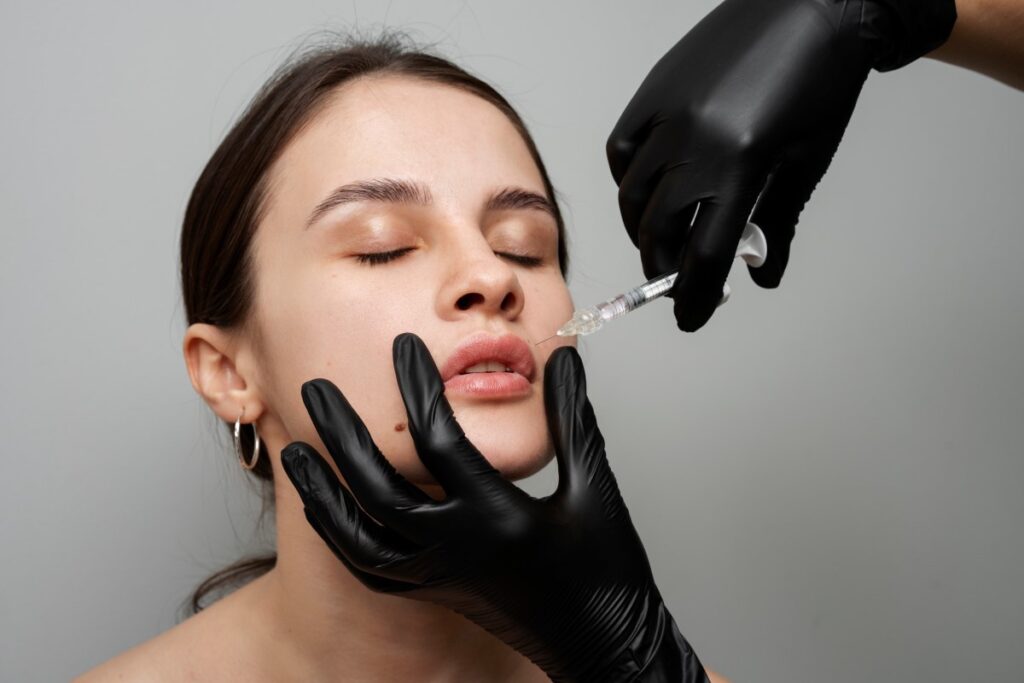
The Lip Filler Before and After Process
A simple, non-invasive cosmetic surgery called lip filler is used to improve the symmetry, volume, and contour of your lips. Knowing what to anticipate from beginning to end is crucial if you’re thinking of having lip fillers in order to get the “lip filler before and after” look you’ve always wanted. This is a thorough rundown of the lip filler procedure, including consultation and aftercare.
1. Consultation and Planning
You will discuss your goals with a qualified and experienced injector before the process starts, who is often a dermatologist or cosmetic surgeon. To make sure you achieve the precise appearance you want, this consultation is an essential first step. Your lip shape, general aesthetic preferences, and face structure will all be evaluated by the practitioner.
You’ll discuss the ideal lip filler type for you at this time depending on your preferences, including whether you want a more dramatic change or a more subtle augmentation. Your “lip filler before and after” pictures will seem natural since a professional injector will make sure that they complement your face characteristics.
2. Pre-Procedure Preparation
Following the creation of the treatment plan, your practitioner will set up the treatment space. To reduce the chance of infection, your lips and the area around them will be cleansed and sanitized. To ensure your comfort throughout the treatment, most practitioners will use a local anesthetic or apply numbing lotion. The technique is almost painless because the numbing effect normally takes 15 to 20 minutes to completely take effect.
3. Injection Process
The actual injection procedure is usually completed in 15 to 30 minutes, depending on how involved your therapy is. To get the right shape and volume, the physician will inject the filler into particular lip regions using a tiny needle or cannula. Different injectors use different techniques.
Some like to provide definition to the lip borders, while others distribute the filler throughout the lip body for more volume. The injector may use many little injections to gradually build up the desired look, allowing them more control over symmetry and proportion, for exact “lip filler before and after” results.
4. Immediate Results and Adjustments
The fact that lip filler procedures provide instantaneous effects is one of their greatest benefits. You’ll notice a difference in your lips’ shape and fullness immediately following the injections. There may, however, be some swelling, which might momentarily alter the finished appearance.
Within a few days, the majority of the swelling goes down, displaying the real “lip filler before and after” effect. Your injector may lightly massage your lips following the operation to ensure that the filler is distributed evenly and to smooth out any abnormalities. Small on-the-spot adjustments can be made to perfect the final result if needed.
5. Post-Treatment Care
Appropriate aftercare is necessary to attain the best “lip filler before and after” outcomes. Although specific instructions will be given by your practitioner, the following are some broad guidelines:
- Avoid touching or pressing on your lips for the first 24-48 hours to prevent shifting the filler.
- Apply an ice pack to reduce swelling and minimize bruising.
- Stay hydrated, as hyaluronic acid-based fillers rely on moisture to maintain volume.
- Avoid strenuous exercise, alcohol, and excessive sun exposure for at least 24 hours post-treatment to prevent complications.
It’s usual to have some swelling, redness, or light bruises; they should go away in a few days. Even though the majority of patients are able to resume their regular activities right away following the surgery, it’s crucial to heed the aftercare instructions in order to guarantee optimal outcomes and appropriate healing of your lips.
6. Follow-Up and Maintenance
The process of “lip filler before and after” doesn’t finish with the surgery. Fillers don’t stay forever; the majority of lip fillers based on hyaluronic acid last six to twelve months, depending on the substance used and personal variables like metabolism.
Your provider will be able to evaluate your results and talk about potential future treatments at routine follow-up sessions. To keep your lips appearing plump and defined over time, you could decide to maintain your lip volume with touch-up appointments.

Lip Filler Before and After: What Are the Risks and Side Effects?
Even while lip fillers may produce stunning, instant results, it’s important to be informed of the dangers and possible adverse effects of the treatment. You may make an educated choice and better prepare for the “lip filler before and after” experience by being aware of these hazards. Here, we’ll go over the most typical adverse effects, possible problems, and risk-reduction strategies.
1. Swelling and Bruising
One of the most frequent adverse effects of lip filler injections is swelling. It typically happens right after following the treatment and lasts for a few hours to several days. Additionally, some individuals could get bruises at the injection sites. Most people experience minor and transient symptoms from them, with the bulk of the swelling going down in a few days.
Reducing swelling and expediting the healing process can be achieved by applying ice to the treated region and according to the aftercare recommendations. You’ll be able to completely appreciate the “lip filler before and after” results after the swelling goes down.
2. Redness and Tenderness
Mild redness and tenderness around the lips are common immediately after the injection. This is a normal reaction to the needle punctures and the filler material itself. The lips can feel slightly sore or sensitive for a day or two following the treatment.
Most people find that these symptoms resolve on their own and are easily manageable with over-the-counter pain relievers if needed. Tenderness is typically more pronounced if multiple injection sites are used to ensure symmetrical and well-distributed filler placement.
3. Lumps or Irregularities
In some cases, patients may notice small lumps, bumps, or uneven areas in their lips after the filler is injected. This can happen when the filler is not evenly distributed or when the filler material collects in one spot. These lumps are usually temporary and can often be smoothed out by gentle massaging by your practitioner after the procedure.
However, if they persist, your injector may need to address the issue in a follow-up appointment. This highlights the importance of choosing a skilled and experienced provider to ensure smooth and natural “lip filler before and after” results.
4. Allergic Reactions
Allergy responses are rare but can happen with some fillers, especially ones that aren’t hyaluronic acid-based. An allergic reaction may present with hives or other more severe symptoms in addition to itching, redness, and swelling. Since hyaluronic acid (HA) is a naturally occurring component in the body, HA fillers, which are most frequently used for the lips, typically have a minimal risk of adverse responses.
To reduce this risk, it’s critical to discuss any known allergies or sensitivities with your practitioner before to the treatment.
5. Infection
There is a little chance of infection with every injection-related operation. Through the injection sites, bacteria may enter the skin and cause swelling, discomfort, or even pus development. Your physician will use sterile equipment and properly clean the treatment area to lower the risk of infection.
It’s also critical to adhere to the recommended post-care guidelines, which state that you shouldn’t touch or wear makeup on your lips for the first twenty-four hours following treatment. To prevent problems, it is essential to promptly address any indications of infection, such as increasing redness or warmth around the lips.
6. Vascular Complications
A more serious but rare risk of lip filler injections involves vascular complications. If the filler is accidentally injected into or too close to a blood vessel, it can block blood flow, leading to tissue damage or necrosis. Symptoms of this complication may include severe pain, white or blotchy skin, and, in extreme cases, skin breakdown.
This is why it’s crucial to choose a qualified and experienced practitioner for your procedure. With a skilled injector, the chances of such complications are greatly reduced, helping ensure safe and successful “lip filler before and after” results.
7. Migration of the Filler
In some cases, the filler may migrate away from the initial injection site, causing uneven or unnatural-looking results. Migration can happen due to improper injection technique, excess filler, or external pressure on the lips after the procedure.
When this occurs, the filler may settle in areas around the mouth, creating a distorted look. This can be corrected either through massaging or, in some cases, using an enzyme to dissolve the misplaced filler. Following the recommended aftercare practices, such as avoiding pressure on the lips, can reduce the chances of filler migration.
8. Temporary or Permanent Numbness
Another potential side effect is temporary numbness or tingling in the lips, which may be caused by the filler pressing on nerves in the area. This usually resolves within a few days as the filler settles. However, in very rare cases, permanent nerve damage may occur, leading to ongoing numbness or sensitivity issues. It is crucial to report any prolonged numbness or changes in sensation to your provider as soon as possible to address the issue promptly.
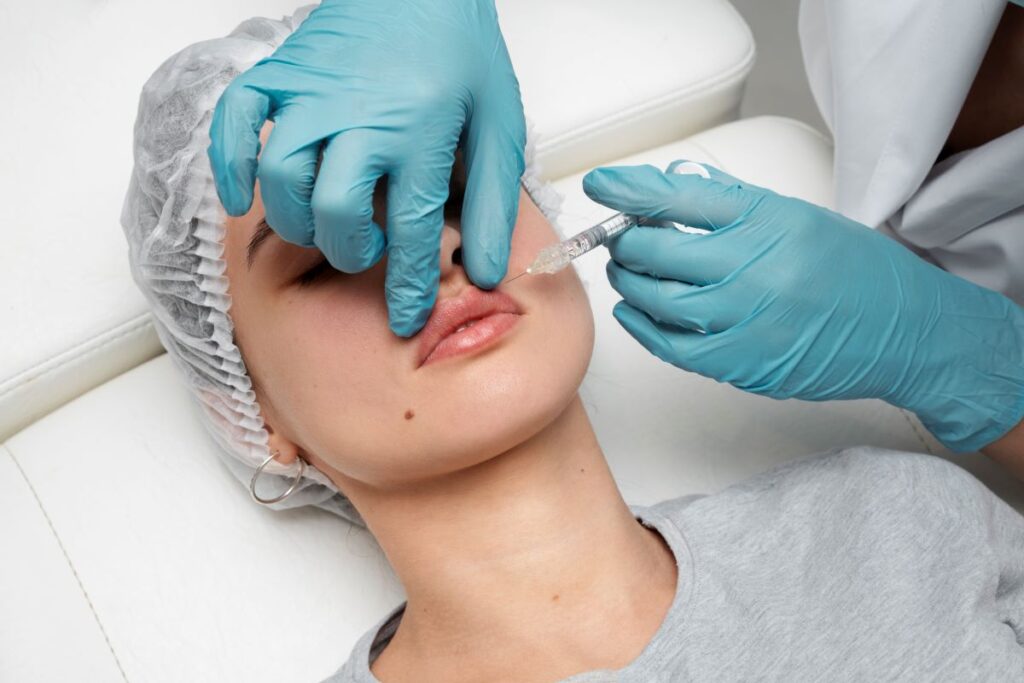
8 Top Lip Fillers Analogues You Should Know
When considering the perfect pout, lip fillers aren’t the only option available. While lip fillers provide impressive “lip filler before and after” results, some individuals prefer alternatives due to personal preferences, budget, or aversion to needles.
Fortunately, several non-invasive and less permanent options can enhance lip volume and definition. Here, we’ll explore some popular alternatives to traditional lip fillers, their benefits, and how they compare to the standard injectable treatments.
1. Lip Plumping Devices
Lip plumping devices are a needle-free option for those seeking temporary volume without committing to a filler treatment. These devices work by creating suction around the lips, temporarily increasing blood flow and causing the lips to swell. This enhanced blood flow results in fuller, plumper lips, although the effect is short-lived, typically lasting a few hours.
Compared to “lip filler before and after” results, plumping devices are far more temporary and less dramatic. However, they offer an easy, at-home solution for those who want to boost their lips for special events without the commitment or cost of professional filler injections.
2. Lip Plumping Glosses and Serums
Lip plumping glosses and serums are another popular alternative for individuals who want to enhance their lips without invasive treatments. These topical products often contain ingredients like menthol, cinnamon, or capsicum that stimulate circulation, causing the lips to swell slightly. Some also include hyaluronic acid to hydrate the lips, providing a subtle, plumper appearance.
While the results of plumping glosses are not as pronounced as injectable fillers, they offer a convenient, pain-free solution that can be used daily. Although the “lip filler before and after” comparison with these products shows less dramatic results, they can still provide a noticeable boost for those seeking a natural enhancement.
3. Lip Threading (Lip Lift or Lip Threads)
Lip threading is a more recent technique that serves as an alternative to fillers for enhancing the lips’ shape and definition. During this procedure, dissolvable threads are inserted into the lip area, which stimulates collagen production, resulting in a subtle lift and added volume. This minimally invasive procedure offers longer-lasting results than plumping glosses or devices but is not as drastic as traditional fillers.
In terms of “lip filler before and after” comparison, lip threading results are more subtle, and the volume increase is generally less significant than injectable lip fillers. However, for those looking for a more natural, gradual enhancement, lip threading can be an excellent option.
4. Fat Transfer (Lip Fat Grafting)
Lip fat grafting, often called fat transfer, is a substitute for lip fillers for people seeking a more natural method of lip augmentation. This procedure involves injecting fat into the lips from another body part, commonly the thighs or belly. This method uses the body’s own fat to enhance volume, making the result more permanent and natural.
The advantages of fat transfer, as opposed to standard lip fillers, often last for years, giving lips a subtle, organic fullness. However, the process is more invasive as it includes liposuction as well as injections. Though more involved and requiring a longer recovery period, fat grafting may provide fairly remarkable “lip filler before and after” results.
5. Botox Lip Flip
Another well-liked substitute for conventional lip fillers is a Botox lip flip. In this surgery, the muscles surrounding the mouth are injected with Botox, which relaxes them and causes the top lip to “flip” slightly upward. This gives the illusion of larger lips without using fillers to increase volume. The effects are transient, usually disappearing within three to four months, and offer a modest improvement.
The Botox lip flip provides less volume than “lip filler before and after” changes, but it can significantly alter the lip’s overall definition and contour. For people who want to improve the form of their lips and smile without significantly increasing volume, this is the best solution.
6. Dermal Fillers for Lip Enhancement
Dermal fillers are commonly associated with lip augmentation; nevertheless, their purpose is not limited to augmenting lip volume. Some dermal fillers are used for mild lip augmentation, and others are intended to improve the overall shape, contour, and moisture of the lips. For example, lighter hyaluronic acid fillers can smooth out minor creases and define the lip line without giving the lips an unnaturally swollen appearance.
These fillers offer more conservative “lip filler before and after” results, making them an excellent choice for those seeking augmentation and refinement without noticeable volume increases. Lighter fillers can produce results that look more natural, especially for those who prefer a more modest change.
7. Lip Peels and Exfoliation Treatments
Lip peels and exfoliation treatments can provide a temporary fix for people who are more interested in improving the texture and appearance of their lips than in increasing volume. These procedures help the lips appear healthier and fuller by removing dead skin cells, reducing fine wrinkles, and enhancing the natural color of the lips.
Lips may naturally seem smoother and plumper with regular exfoliation and hydration, even if the results are far from the spectacular “lip filler before and after” changes. Exfoliation treatments are a wonderful choice for anyone looking for a simple, non-invasive way to enhance the appearance of their lips.
8. Laser Lip Enhancement
Laser lip enhancement is a non-invasive alternative to lip fillers that uses laser technology to stimulate collagen production in the lips. The laser gently heats the tissues, encouraging the body to produce more collagen and elastin, which gradually enhances the lips’ volume and texture. The results are subtle and gradual but can last for several months.
Compared to “lip filler before and after” results, laser lip enhancement provides a more gradual transformation, making it ideal for those who want a natural look without the need for injectables. This option is also appealing for individuals looking to improve lip texture and tone over time.
Lip Filler Before and After: Final Insights for Your Perfect Pout
Discovering the world of “lip filler before and after” might lead to fascinating new ways to accentuate your inherent beauty. Knowledge, reasonable expectations, and working with a qualified practitioner are the cornerstones of a successful experience, regardless of whether you want to pursue standard lip fillers or explore a range of alternative therapies. Whether you’re looking for a subtle refinement or a big makeover, today’s cosmetic innovations guarantee that you may discover the ideal option to accomplish your desired lip enlargement.
From the quick effects of lip plumping glosses and devices to the enduring results of dermal fillers and fat grafting, each option offers distinct “lip filler before and after” outcomes. What’s essential is that you’re taking proactive steps to boost your confidence and enhance your appearance. With thoughtful research, comprehensive consultations, and attentive aftercare, you can attain stunning, naturally beautiful lips that not only reflect your unique style but also enhance your overall facial harmony. Embrace this journey and enjoy the stunning transformations that await!

